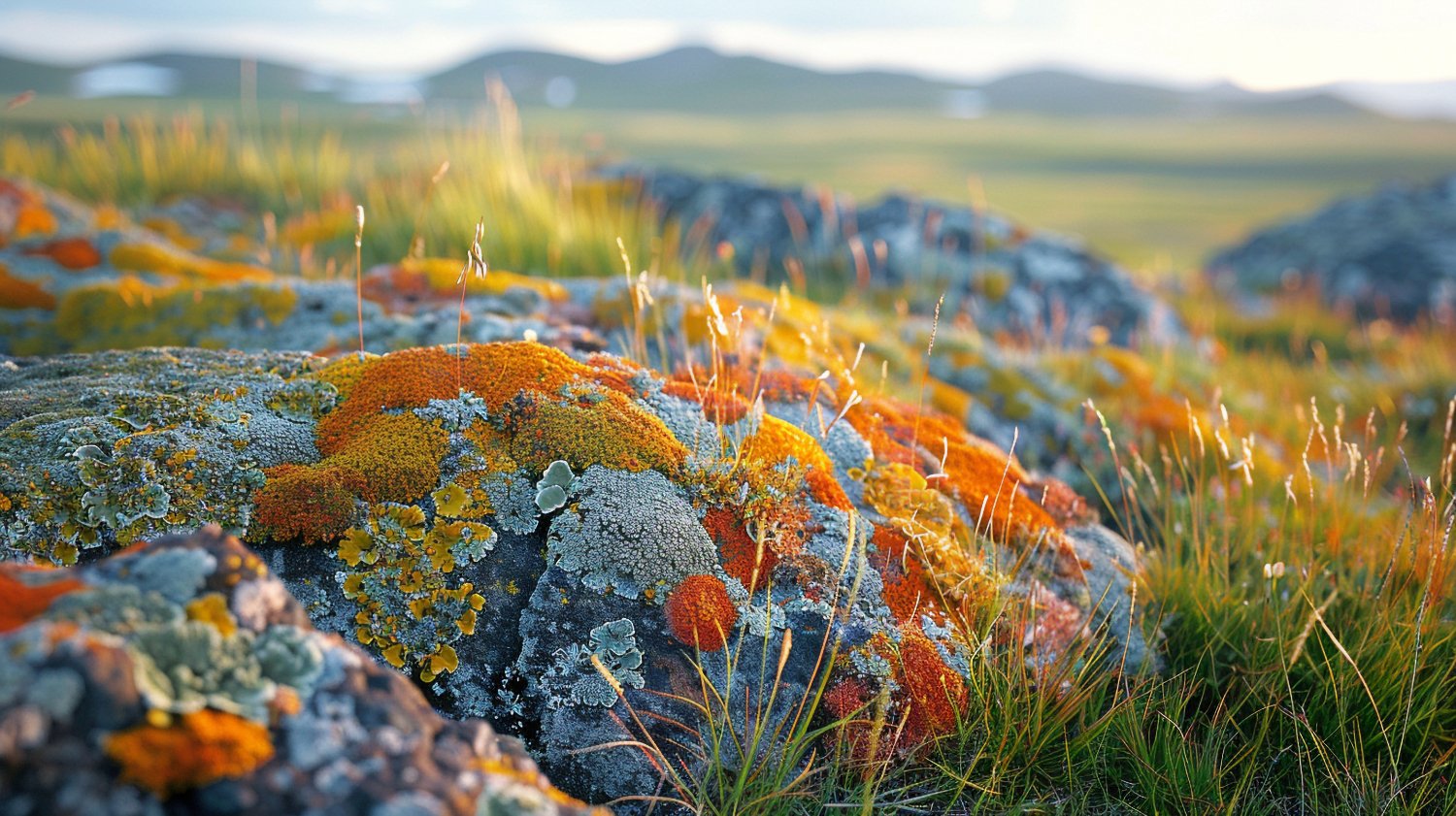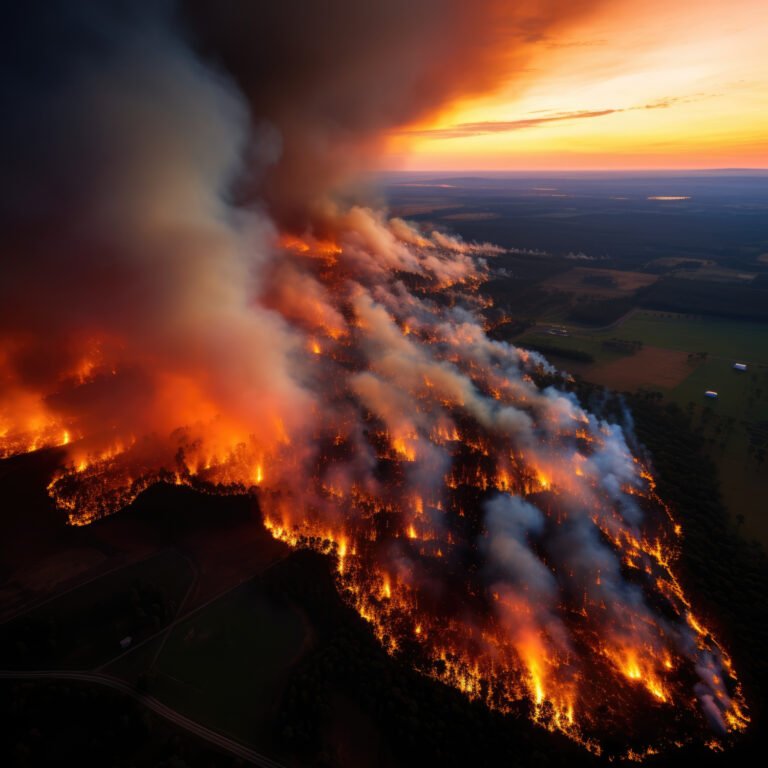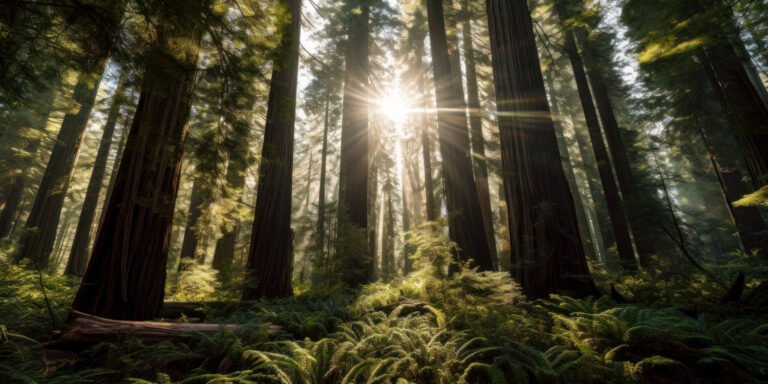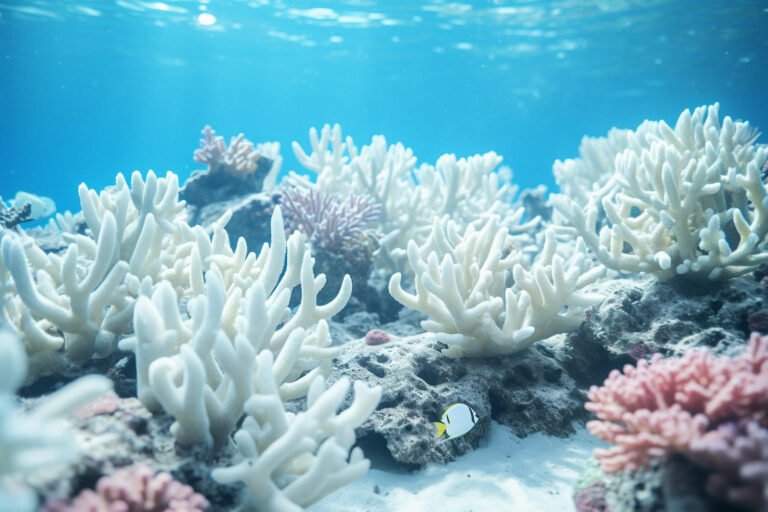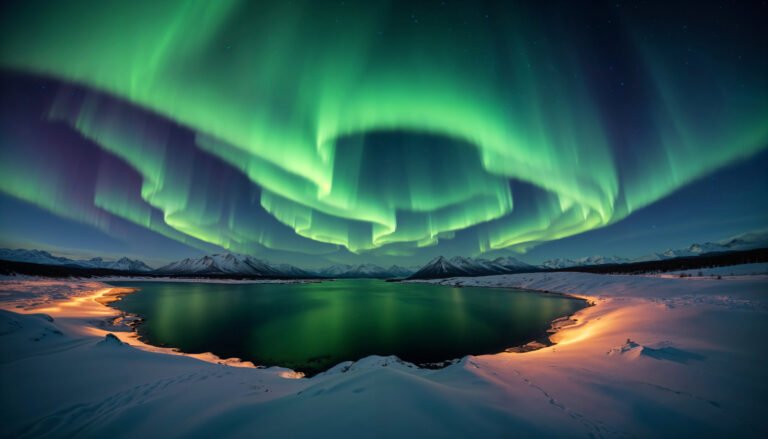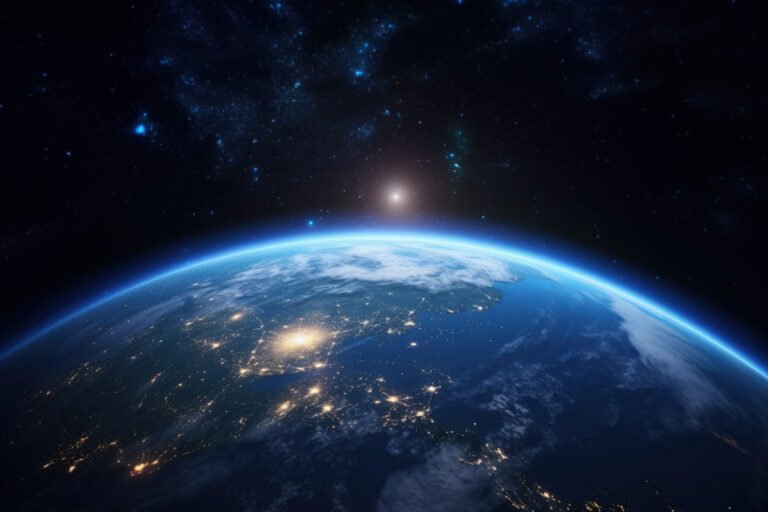Arctic Tundra Transitions from Carbon Sink to Source Amid Rising Temperatures
Historically, the Arctic tundra functioned as a significant carbon sink, sequestering carbon dioxide (CO₂) in its permafrost and vegetation. However, recent observations indicate that this region is now emitting more CO₂ than it absorbs, primarily due to thawing permafrost and increased wildfire activity. This shift exacerbates global warming and poses substantial challenges to climate mitigation efforts.
Important Points
- Permafrost Thaw: Accelerated warming in the Arctic, occurring nearly four times faster than the global average, leads to permafrost thaw. This process releases long-stored greenhouse gases, including CO₂ and methane, into the atmosphere.
- Increased Wildfires: The frequency and intensity of wildfires in the Arctic have risen, further releasing carbon stored in vegetation and soil. For instance, the 2023 wildfire season in Canada emitted over 640 million metric tons of CO₂.
- Ecosystem Impacts: The transition of the tundra from a carbon sink to a source affects local wildlife and human communities, disrupting traditional food sources and livelihoods.
- Global Climate Implications: The additional greenhouse gases from the Arctic contribute to global warming, creating feedback loops that may lead to more rapid and severe climate changes.
Read More Here: Arctic Tundra Becoming a Source of Carbon Dioxide Emissions, NOAA Warns

